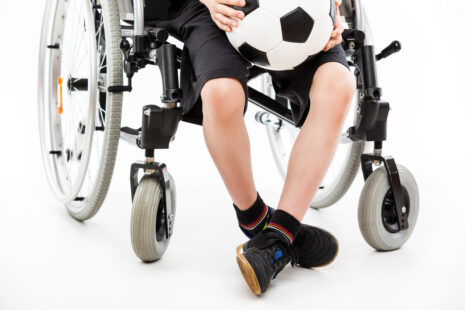At physical therapy for back pain, the physical therapist will perform a thorough evaluation to assess your condition and design a personalized treatment plan to address your specific needs. The goal of physical therapy for back pain is to reduce pain, improve flexibility, strength, and function, and help you return to your normal activities.
Here’s what they typically do during physical therapy for back pain…
- Assessment and Evaluation – The physical therapist will begin by evaluating your medical history, symptoms, and the factors that may be contributing to your back pain. They will also conduct a physical examination to assess your posture, range of motion, muscle strength, and any areas of tenderness or discomfort.
- Pain Management – If you are experiencing significant pain, the therapist may use various pain management techniques, such as heat or cold therapy, electrical stimulation, or ultrasound, to help reduce pain and inflammation.
- Manual Therapy – Hands-on techniques, such as joint mobilization and soft tissue massage, may be used to improve joint mobility, reduce muscle tension, and promote relaxation.
- Stretching Exercises – Specific stretching exercises will be prescribed to improve the flexibility of the muscles and soft tissues in the back, which can alleviate stiffness and reduce pressure on the spine.
- Strengthening Exercises – The physical therapist will design exercises to target the muscles supporting the spine, including the core muscles, back extensors, and glutes. Strengthening these muscles can provide better support and stability for the spine.
- Posture Correction – The therapist will provide education on proper body mechanics and posture during daily activities to reduce stress on the back.
- Body Mechanics Training – You will learn techniques for lifting, bending, and performing various movements correctly to prevent further strain on the back.
- Functional Training – Functional exercises that mimic real-life movements will be incorporated to help you safely perform activities of daily living and return to your regular routines.
- Activity Modification – If certain activities are exacerbating your back pain, the therapist may recommend modifications or alternative techniques to protect your back while engaging in those activities.
- Home Exercise Program – A home exercise program will be provided to help you continue your prescribed exercises and stretches between therapy sessions, promoting progress and recovery.
- Education and Lifestyle Advice – The physical therapist will offer guidance on lifestyle modifications, ergonomics, and self-care strategies to manage back pain effectively and prevent future issues.
Throughout the physical therapy process, the therapist will monitor your progress, adjust the treatment plan as needed, and provide ongoing support and guidance to help you achieve your goals.
Each person’s back pain is unique, so the specific treatment approach will be tailored to your individual needs and condition. Always consult with a qualified healthcare professional, such as a physical therapist, to receive personalized care for your back pain.




